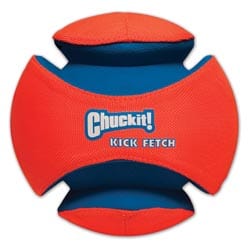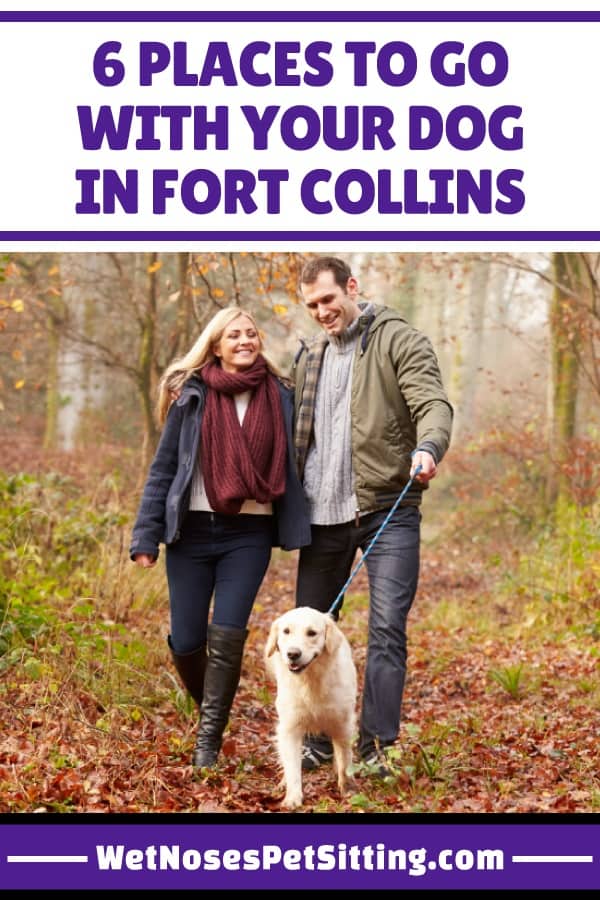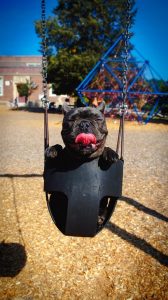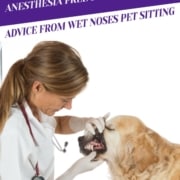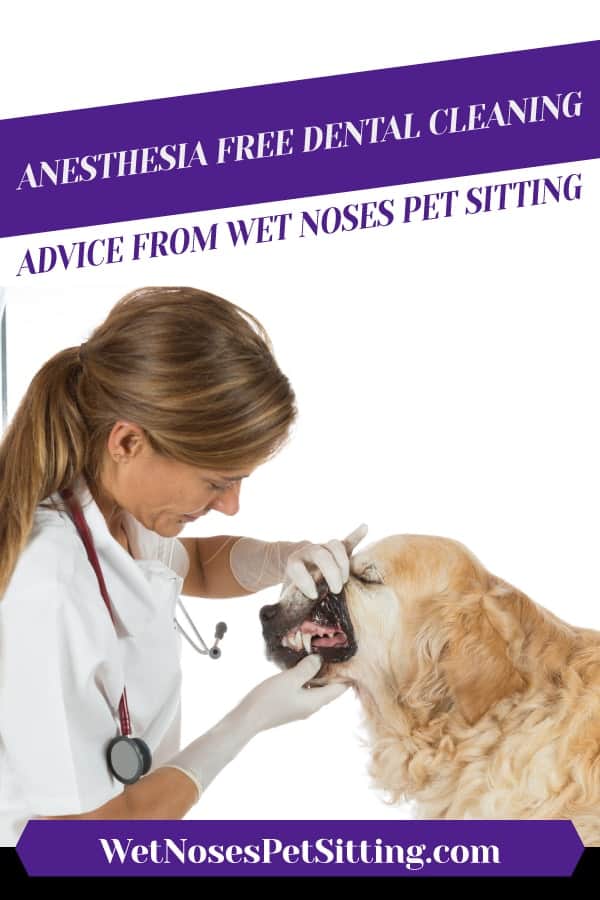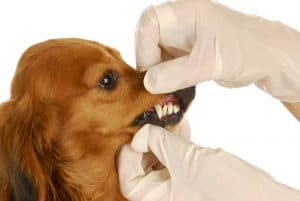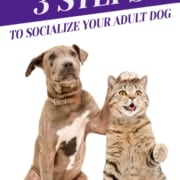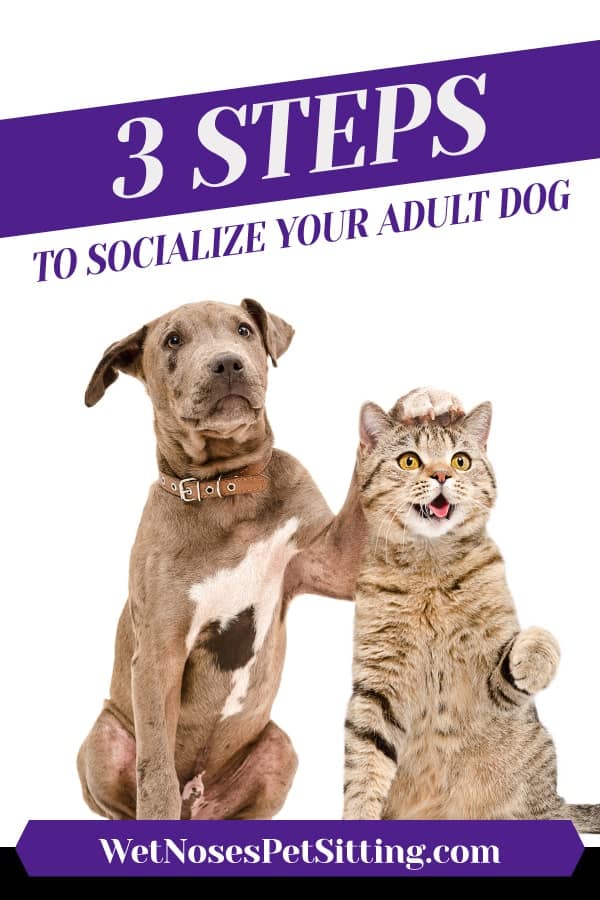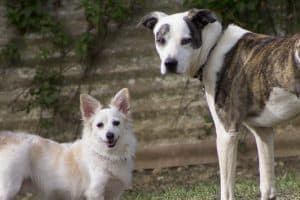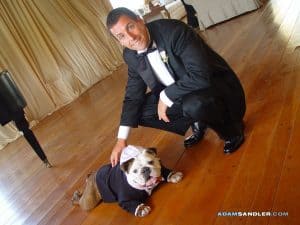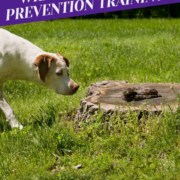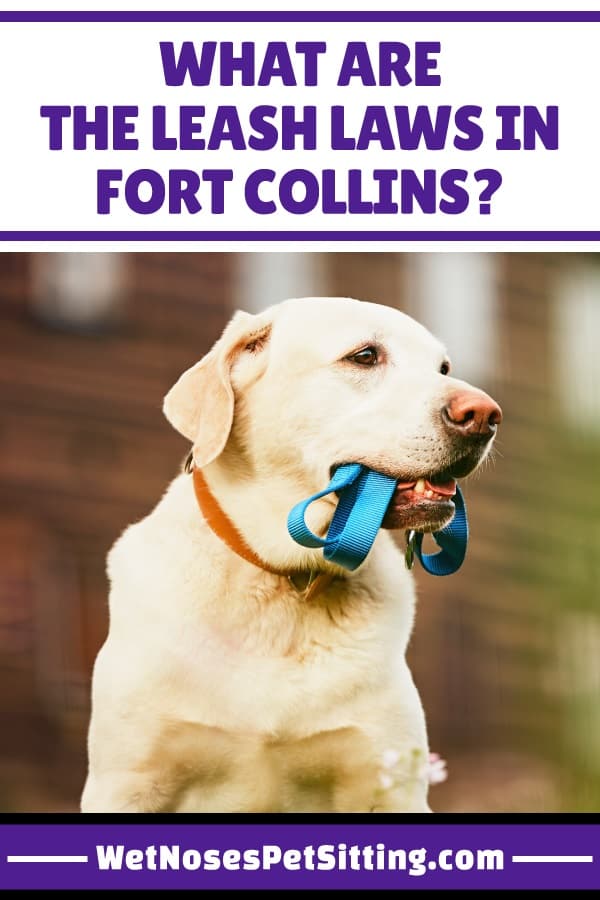6 Causes of a Fearful Dog
With the prospect of warmer weather, we often find ourselves getting out of the house more for a nice day at the park or on the town. And that also means a lot of times our dogs are doing more socializing as well. Thinking about sunny day jaunts with your happily prancing dog can help you get through any day or week.
But it’s not always so picturesque. Sometimes you wonder, “do I have a fearful dog?” and even more so, “how do I help my fearful dog?” Have you been trying to implement a behavior plan to put your dog on the path to become a happier, more confident dog?
The first step to implementing a successful plan is to try to determine the root cause for your fearful dog as well as trying to figure out where your dog is on the spectrum of fear.
In Nicole Wilde’s book “Help for Your Fearful Dog”, she discusses the degrees of fear and six causes of those fears. She explains that the first degree of fear as anxiety. So anxiety would be characterized as low level fear. At the other, more extreme end, is phobias. In between those two levels she labels fears as mild, moderate, and intense fears. So it goes like this: anxiety, mild fear, moderate fear, intense fear, and phobias in that order.
The causes of “fear” on the spectrum vary. Nicole Wilde discusses the six fears in her book as the following:
1. Genetics:
A dog’s genetic code along with prenatal and post natal experience can affect a dog’s disposition. Sometimes this cause is difficult to pinpoint unless you have background information on the parents of the dog. Some breeds are just predisposed to certain behaviors and that’s why it’s important to research a breed before purchasing one. These types of fears are not easy to overcome and sometimes may never be completely overcome.
2. Lack of Socialization:
Many dogs that fear people, other dogs or new situations have not had proper socialization as puppies or young dogs. Puppies need to be exposed to other animals, people, different environments and the like early on in life to avoid a fear response when exposed to those very things. The best period for proper socialization begins at four weeks of age and ends at 12 weeks of age. After that point, it becomes more difficult to address those fears.
3. Abuse:
Some dogs have that are rooted in abusive situations. This type of fear is addressed with behavior modification exercises as well as the development of a bond and trust with the pet parent/owner. Once trust has been established, the behavior is alleviated or eliminated entirely.
4. Traumatic Experience:
Think post-traumatic stress syndrome. Yes, Dogs can be plagued with this too. A bad grooming experience or being attacked by another dog would both be considered traumatic experiences just as a car accident is for a human or a war experience. These types of fears, albeit intense and often requiring a lengthy behavior modification plan can be alleviated and or eliminated entirely as well.
5. Learned Fears:
Dogs create associations very quickly. For example, your dog may learn to associate car rides with vet or grooming visits that may have been undesirable so then he may resist car rides and become fearful of them because he associates the car ride with the said vet or grooming visit. Make sense? The key to resolving learned fears is being able to discover the initial cause is. That can be tricky sometimes as the owner may or may not have been present to witness the triggering event.
6. Pain/Illness:
Some dogs develop fears during a bout with pain or illness. For example, if a dog had a bad ear infection that caused him pain, he may develop a fear of having his ears touched. Now, these fears can sometimes easily be resolved by treating the illness that is causing the pain. However, some illnesses or conditions may be lifelong. Let me explain. If a dog is going blind due to cataracts and surgery is not advisable, this dog may become apprehensive in new environments or with sudden movements due to not being able to see properly. This situation would require making the dog feel as safe as possible, providing comfort and treatment when applicable and keeping the environment predictable.
The most important take away is that if you have a fearful dog, use patience and understanding. Reach out to your local vets and trainers, their wealth of knowledge is there to help!


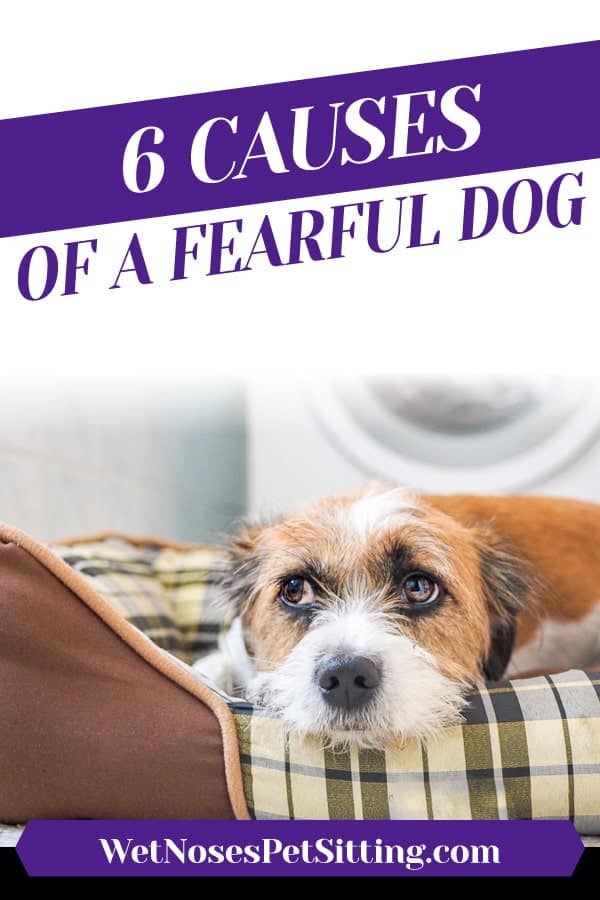



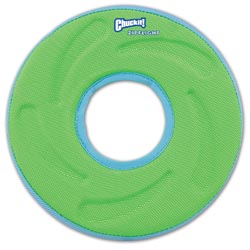 Chuckit! Zipflight
Chuckit! Zipflight